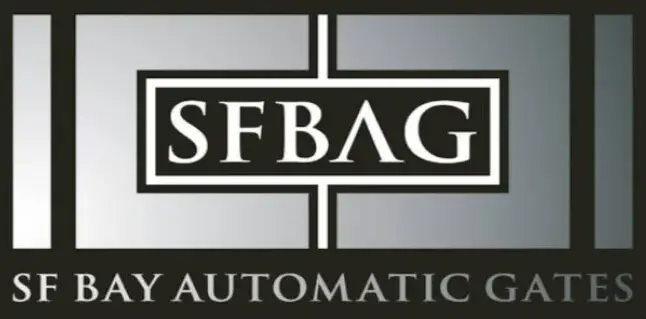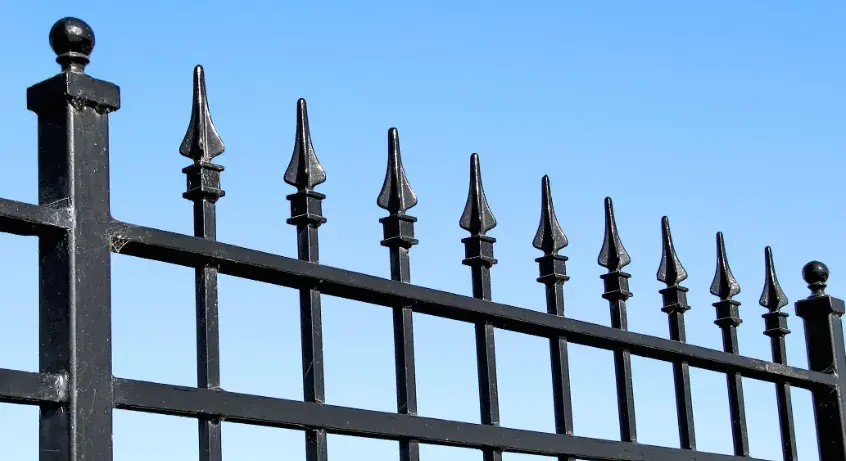Wrought iron fences, esteemed for their durability and aesthetic versatility, offer an array of classic designs suitable for enhancing various architectural styles. Key among these are the Victorian, Colonial, and Gothic patterns, each distinguished by unique decorative elements such as scrollwork, symmetrical lines, and pointed arches, respectively. Proper installation is vital to maintaining the structural integrity and visual appeal of these fences. It involves precise steps starting from site preparation to the final assembly of rails and panels. Understanding these foundational aspects not only guarantees a robust installation but also preserves the timeless elegance wrought iron fences are known for. What remains to be discussed is the role of protective coatings and maintenance practices essential for prolonging the life of these metal barriers.
Classic Styles of Wrought Iron Fences
Wrought iron fences are renowned for their durability and aesthetic appeal, often serving as a demonstration of craftsmanship and design throughout history. These timeless structures not only secure properties but also enhance their visual harmony, integrating seamlessly into various architectural styles.
Among the classic styles, the Victorian motif is prominent, characterized by intricate scrollwork and floral elements, symbolizing elegance and refined taste. This style often features spear-topped pickets for added security while maintaining an open, inviting appearance.
Another traditional design is the Colonial style, which focuses on symmetry and simplicity, mirroring the architectural lines of Colonial American homes. These fences typically display less ornate, more functional designs such as evenly spaced vertical bars with basic geometric patterns at intervals, promoting a sense of order and community.
The Gothic style, with its pointed arches and bold, linear patterns, reflects a more dramatic aesthetic. Often seen in historical districts and older properties, these designs convey a sense of heritage and continuity, fostering a deep connection among community members who value preservation and tradition.
Each style serves not only as a physical boundary but also as a visual bridge between the past and present, inviting individuals to become part of a shared historical narrative.
Step-by-Step Installation Guide
Setting up a wrought iron fence involves a series of precise steps to secure both aesthetic charm and structural strength. Start by marking the perimeter where the fence will be assembled, using stakes and string for precise alignment. It’s vital to verify property lines to prevent any potential disputes or encroachments.
Next, dig post holes roughly 2 feet deep and 6 inches in diameter, making sure they are spaced according to the fence design specifications. This spacing is fundamental as it influences the stability and appearance of the final structure. For optimal results, consider consulting a fences contractor to ensure the installation is handled with expertise and meets local regulations.
After the holes are prepared, insert the fence posts. Use a level to guarantee each post stands perfectly vertical for consistency.
Mix concrete following the manufacturer’s guidelines and pour it around the base of each post, filling up to a few inches below ground level. Allow the concrete to set as advised before proceeding with the installation of the fence panels.
Attach the panels to the posts using brackets and screws tailored for wrought iron. This connection must be firm to withstand weather and physical stress.

